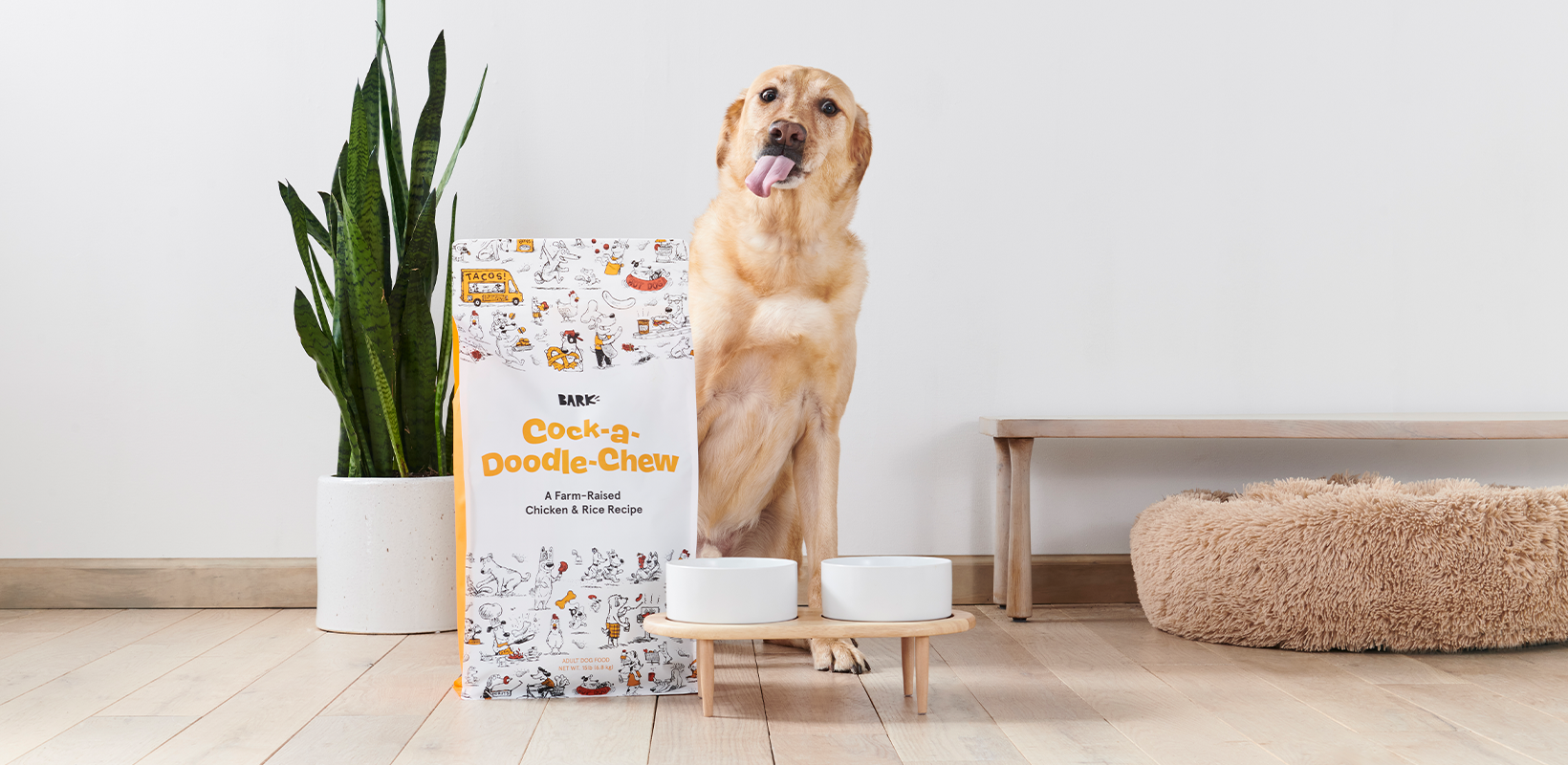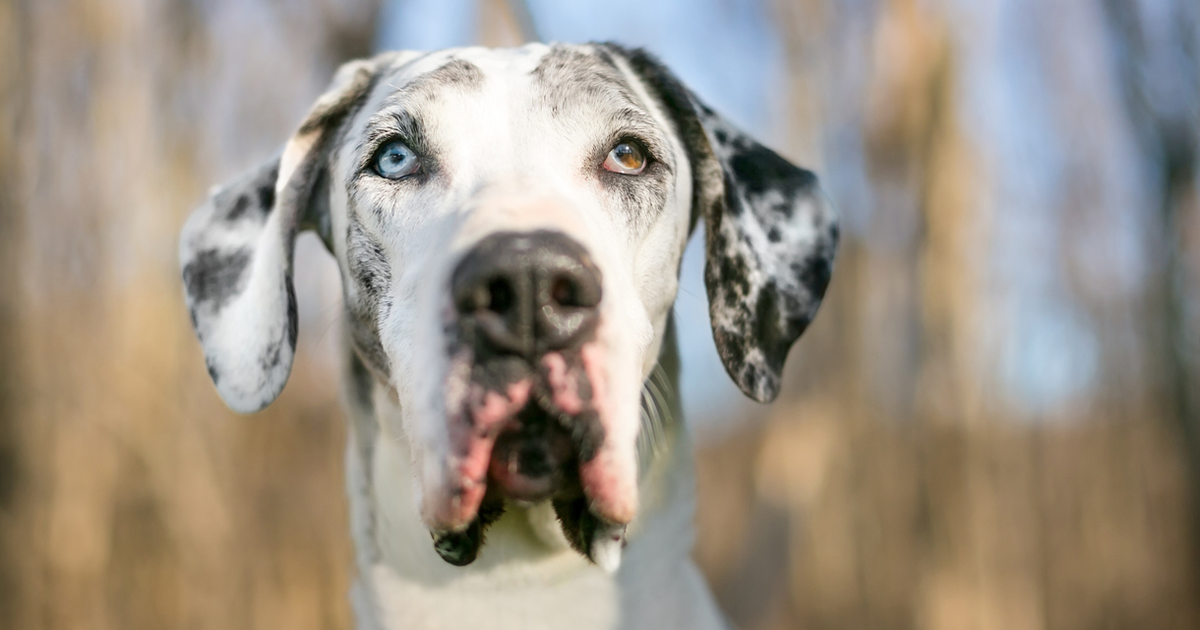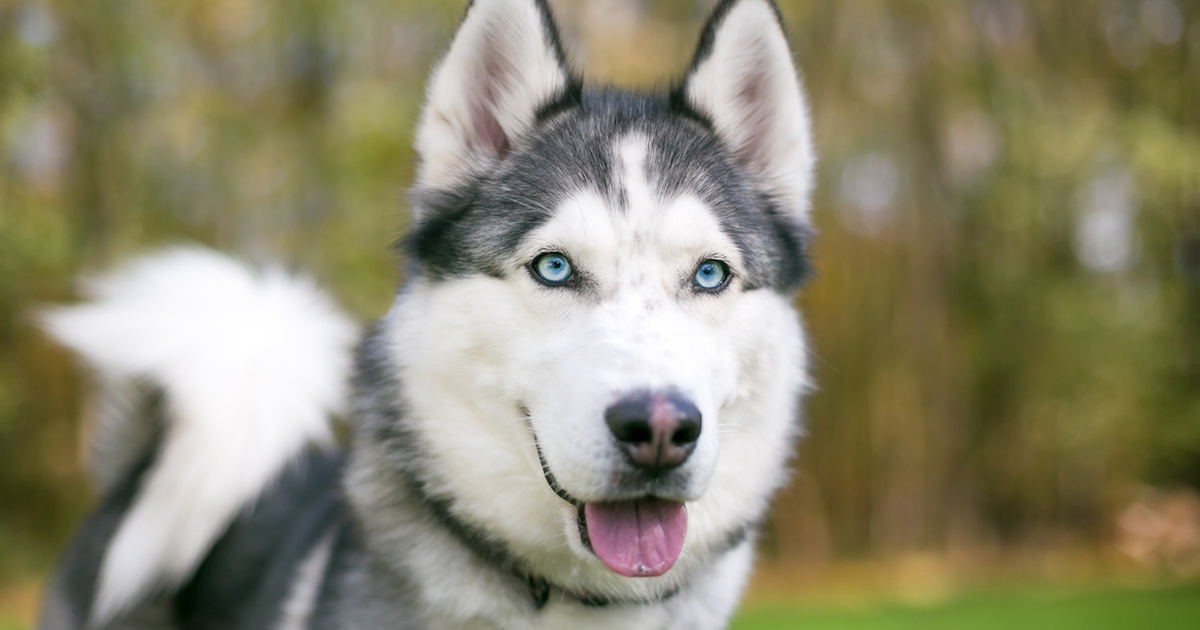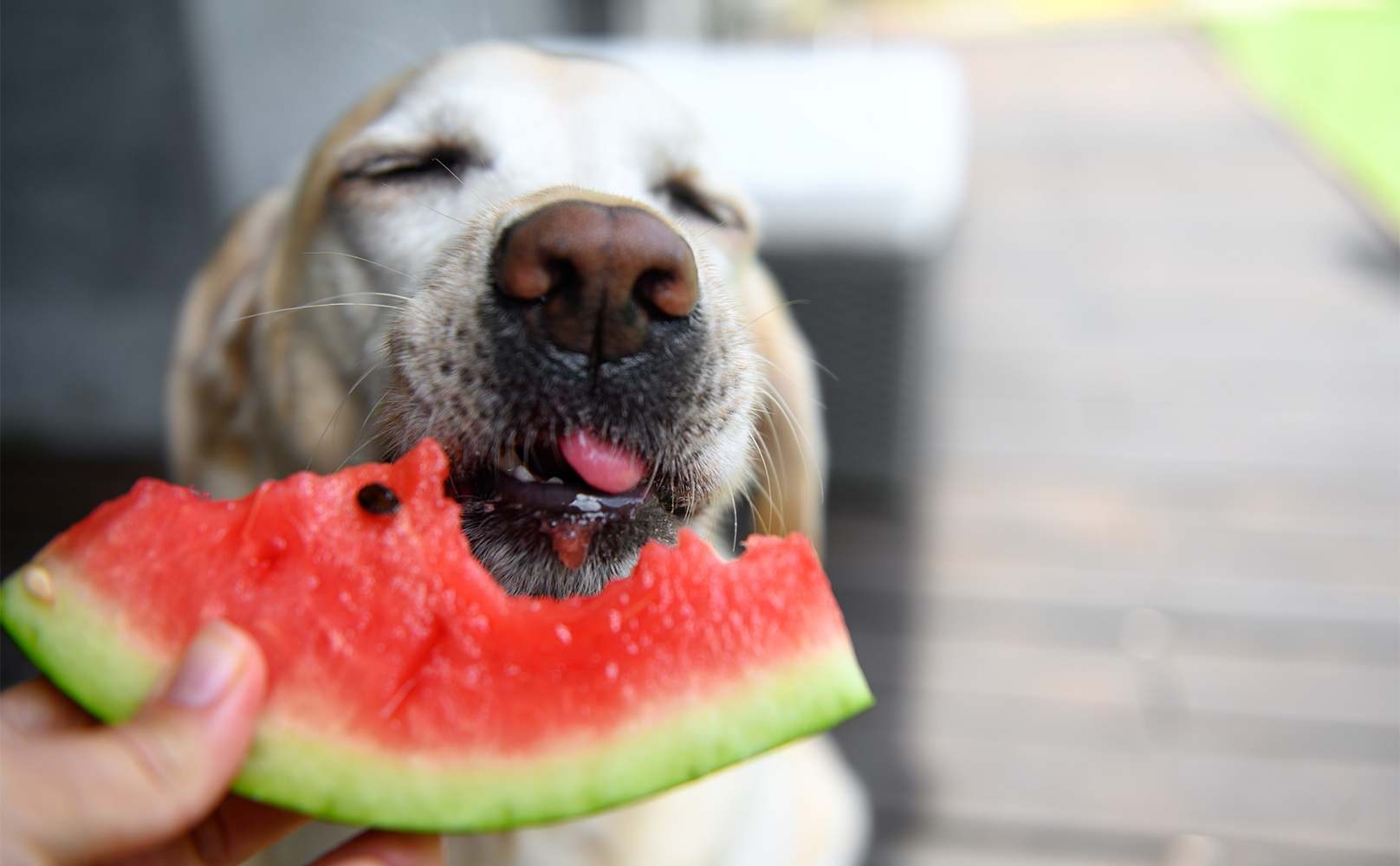If you Google search the phrase “big dogs think they’re lap dogs,” hundreds of results will appear with links to just that – large, 60-90 pound dogs, sitting on (and usually crushing) an unassuming human.


And if you’re lucky enough to be the owner of a big dog, you probably don’t need a Google search to know that this is a perplexing (yet hilarious) reality.
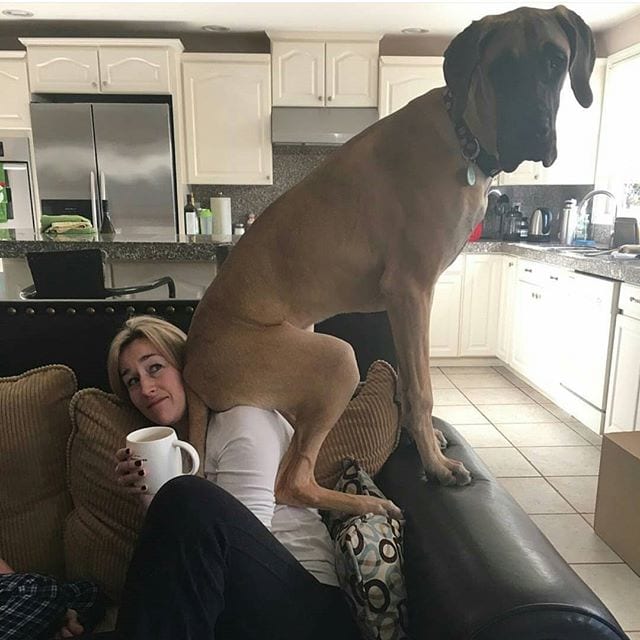

Alternatively, owners of small dogs notice an inverse situation – small dogs think they’re big. It’s a Napoleon Complex of sorts; lap dogs think they’re guardians of the household, acting as though they’re big, scary, and oh, so threatening.
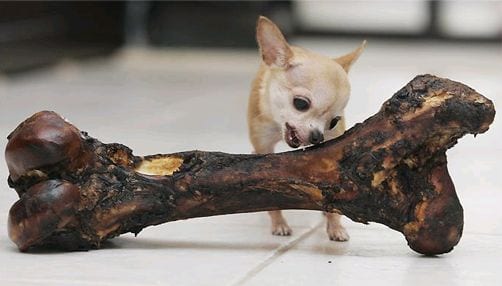

This paradox leads many to wonder: do dogs have any idea about their size?


A study conducted by Péter Pongrácz at Eötvös Loránd University in Hungary attempted to answer just that. The researchers studied whether dogs could match a sound recording of a dog’s growl to the correct photograph.
[bp_related_article]
They found that dogs often recognized a fellow dog’s size upon hearing a growl. In other words, they discovered that big dogs and small dogs growl differently, and the sound of the growl can be a size indicator for others.
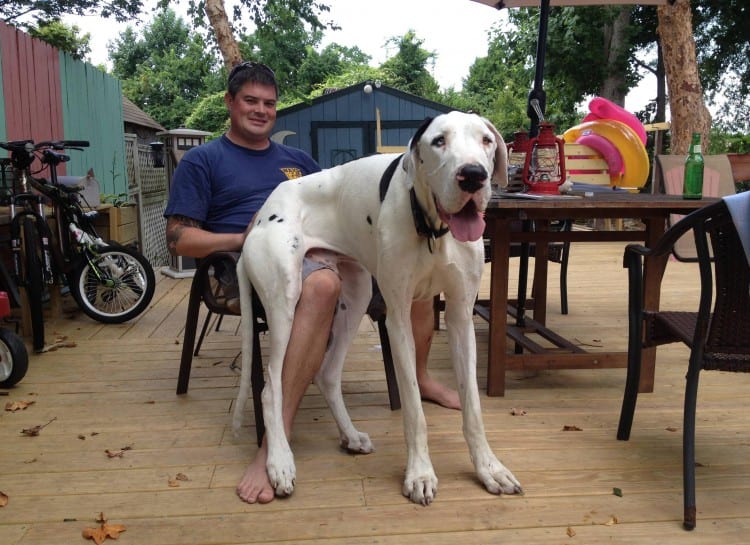

Not convinced? A similar study by Dr. Anna Taylor, Dr. David Reby and Karen McComb, used different sized stuffed animals, paired with growl sounds, to further conclude that dogs do, in fact, recognize size by the sound of a growl.
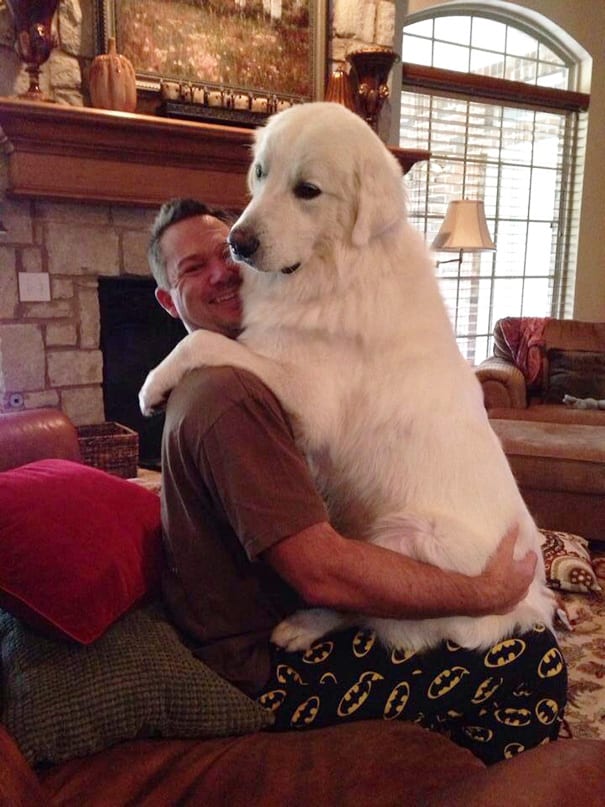

But what about when dogs don’t growl? Can dogs visually tell their size? Dominique Autier-Dérian of the University of Paris recently conducted a study to learn whether dogs could distinguish fellow dogs from other animals. His results show that dogs certainly recognize other dogs, but still, he could not make a conclusion about a dog’s ability to visually discern size within the species.
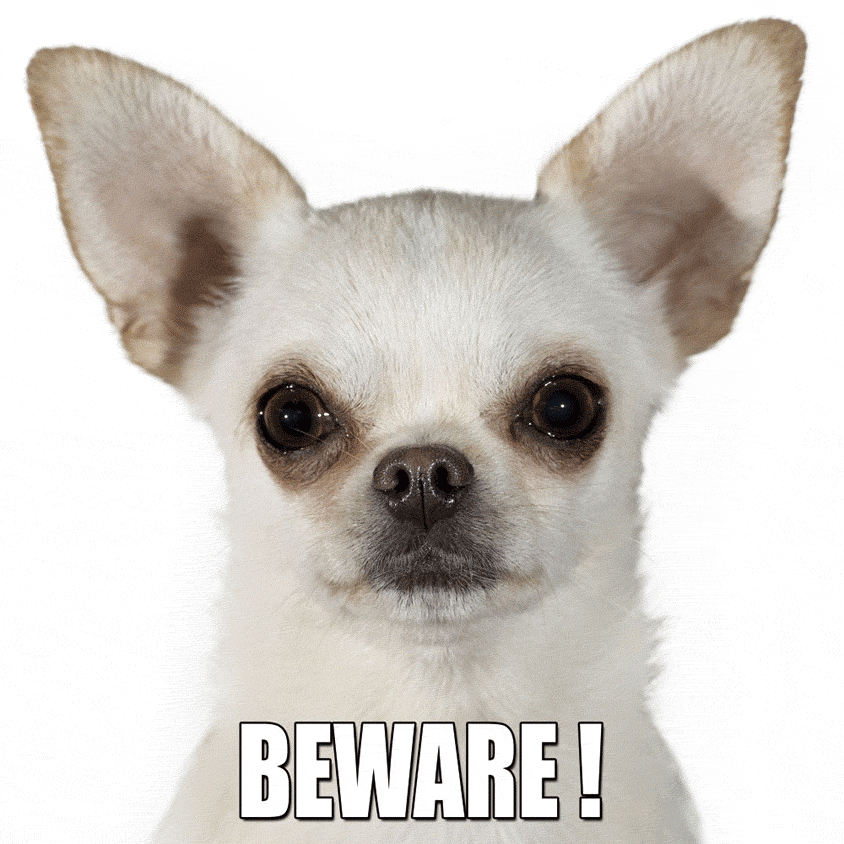

So the question still stands. Do dogs know their size? Dr. Marty Becker, DVM, might be on to something. He explains that, “Many small dogs are terriers, small versions of terriers, or other breeds and mixes of breeds similar to terriers. These dogs were developed to keep homes and barns free of rodents, and that’s a job that requires some serious attitude, which may translate into fearlessly (and foolishly) taking on a much larger canine at the dog park.”
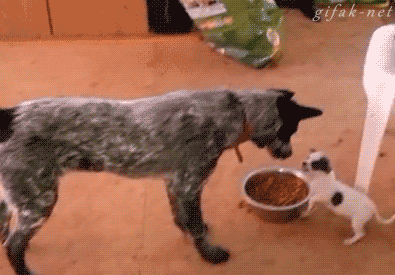

But what about the bigger dogs who just want a ride in your purse? The answer might simply lie in their biological temperament.
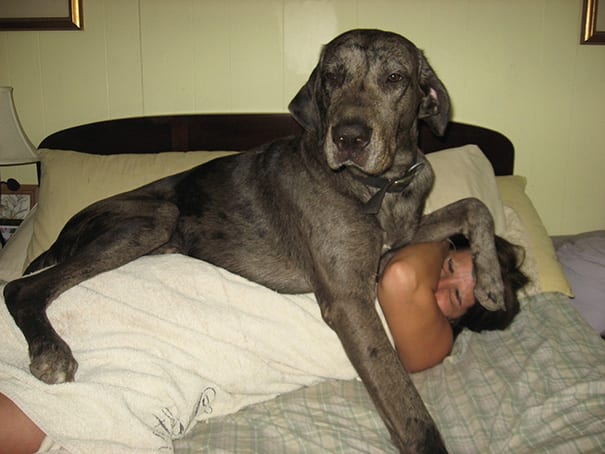

Various ‘big dog’ breeds tend to be docile, loyal, and loving. Great Danes, for example, were bred to be human companions. Newfoundlands, often growing to 150 pounds, were bred for the purpose of saving humans from drowning. And Saint Bernards, the ultimate gentle giants, were bred to rescue humans buried in snow. All dogs large, yet biologically inclined to care for the wellbeing of their human counterparts.
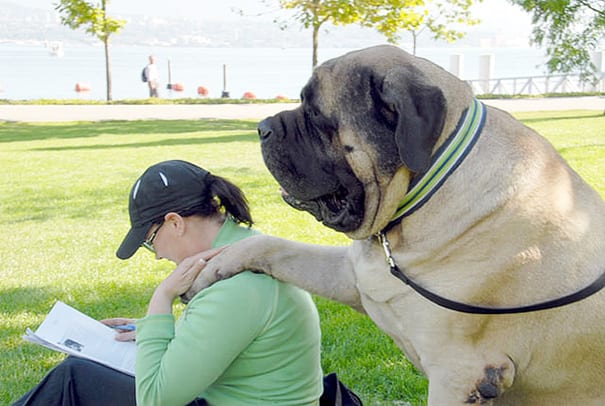

Whatever the answer may be, there’s one thing we know for sure: it’s not the size that makes the dog, but rather, the heart. Or, I guess, the growl.
Sources: Daily Mail, Vetstreet, Nature, Live Science


